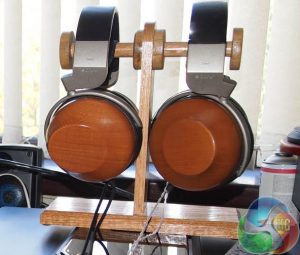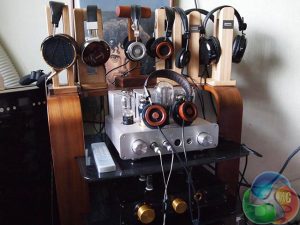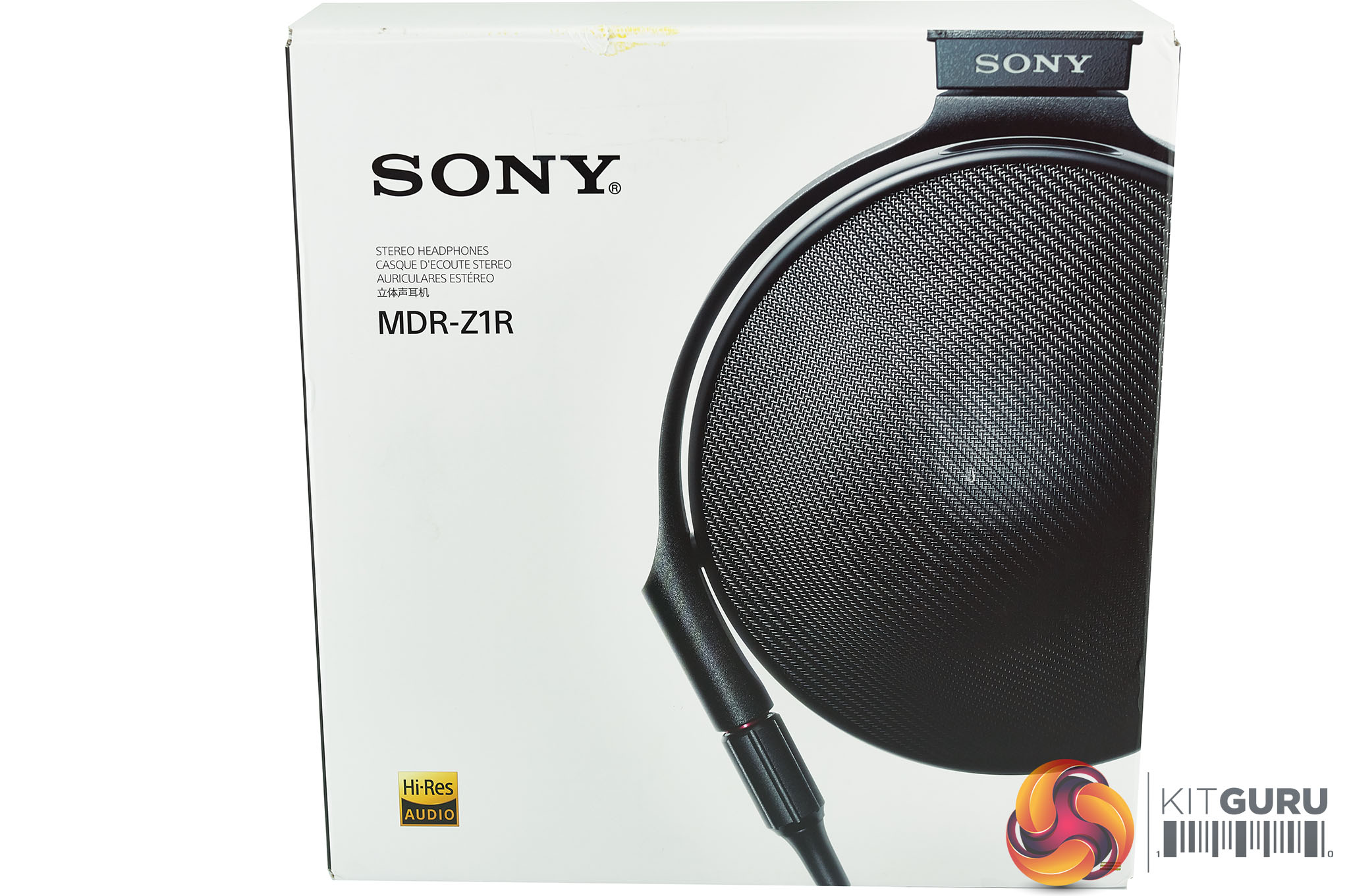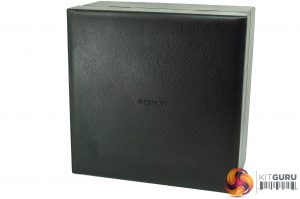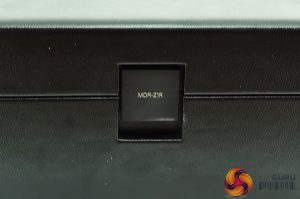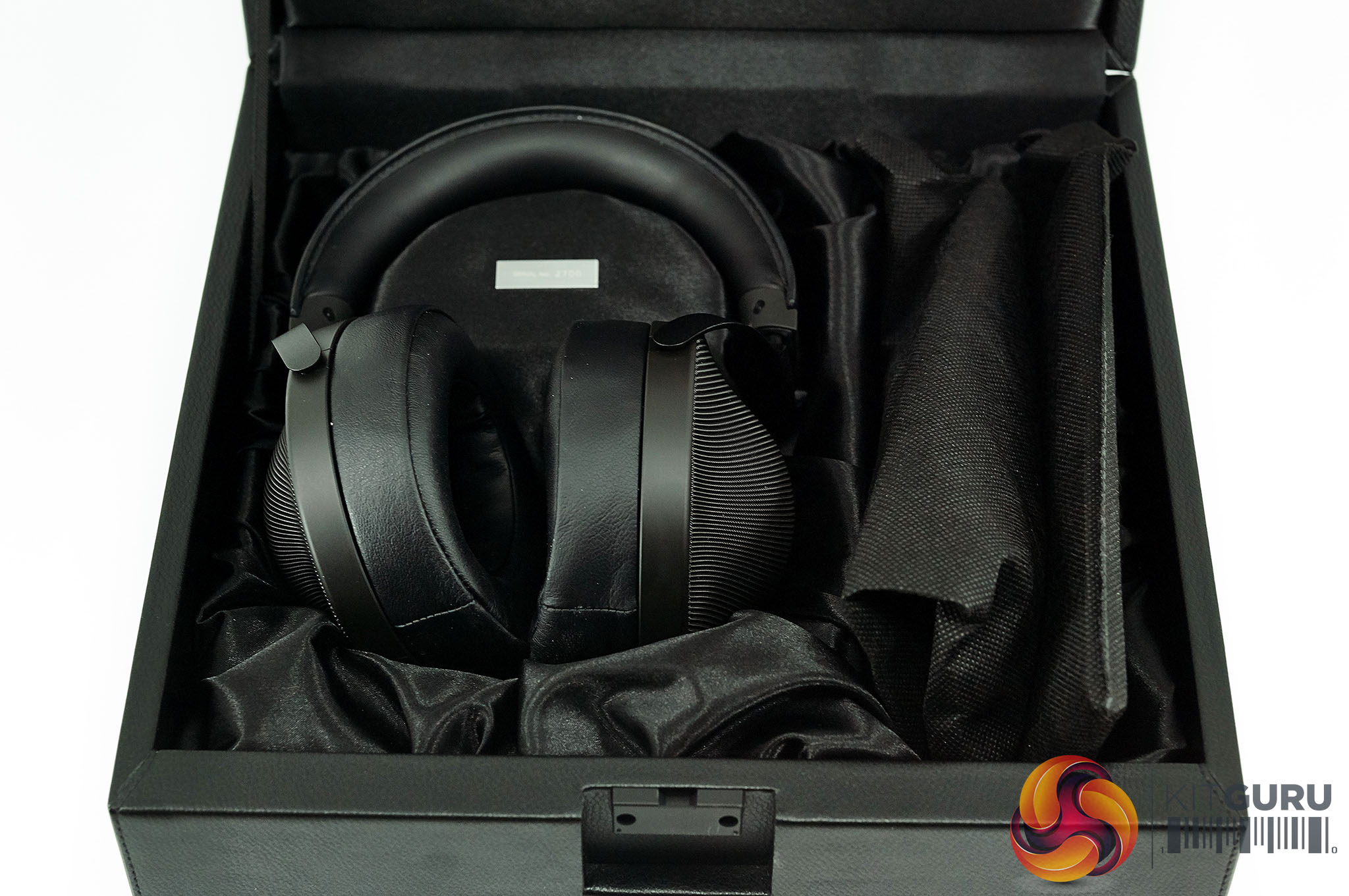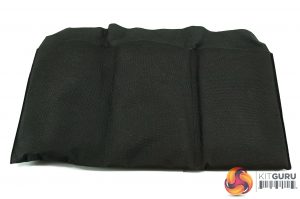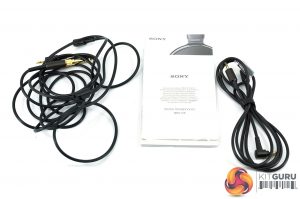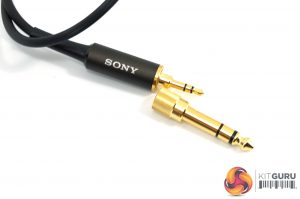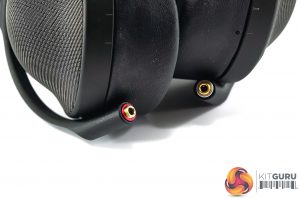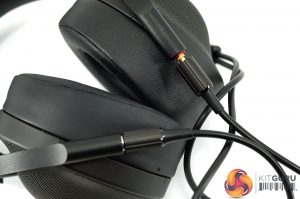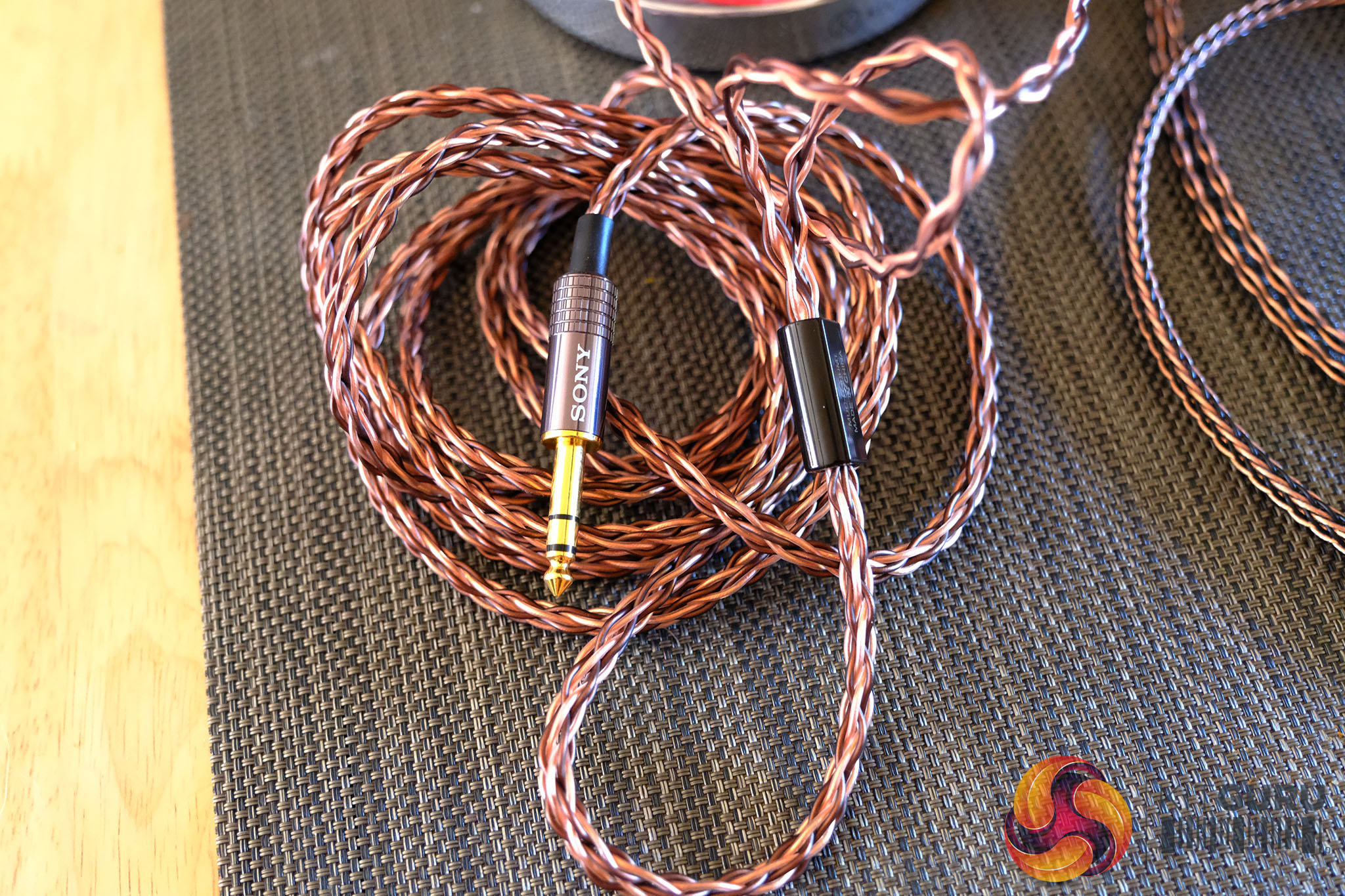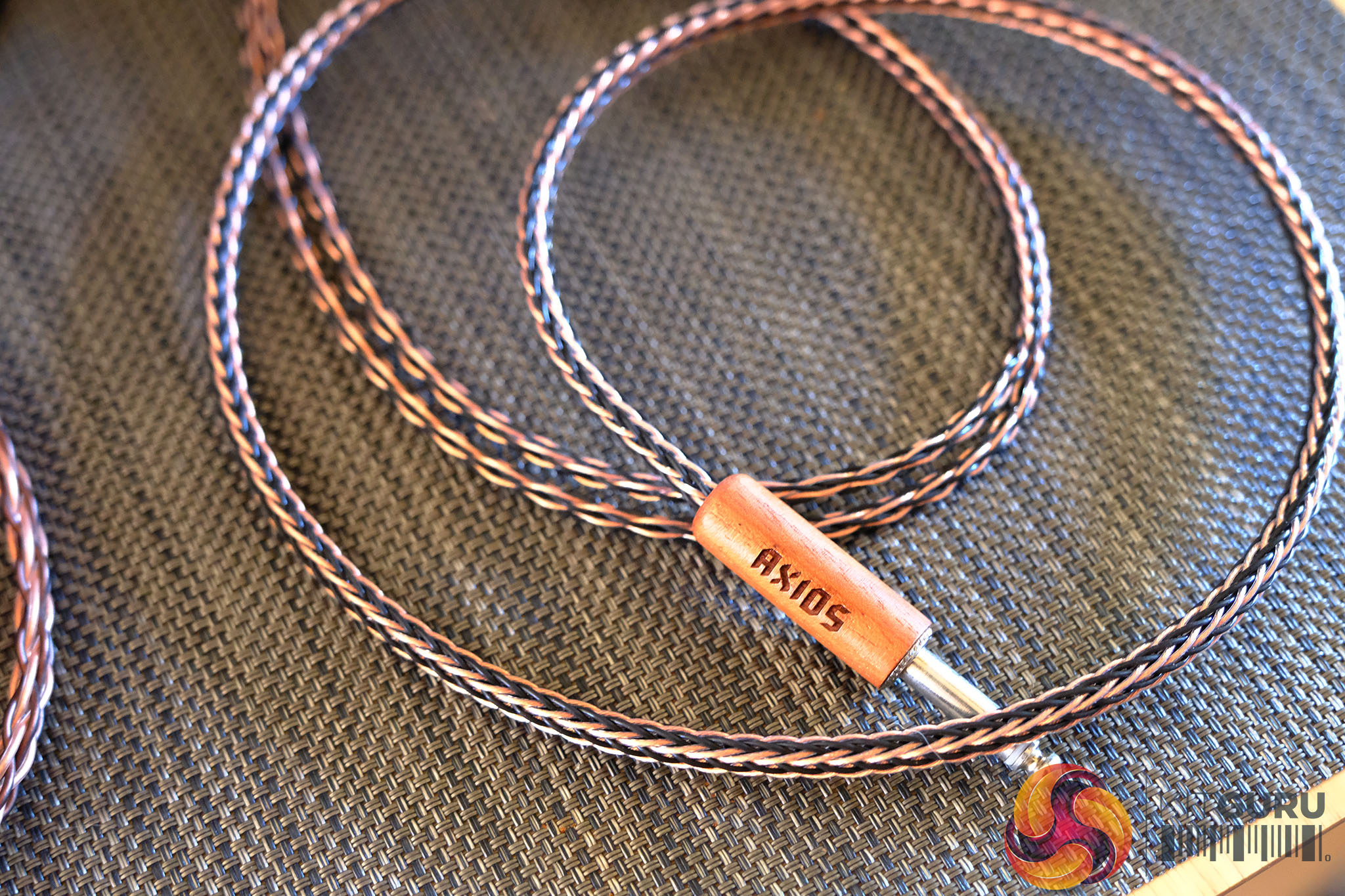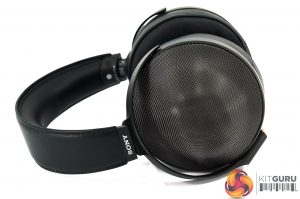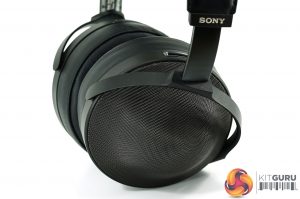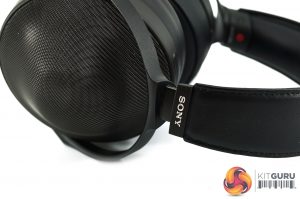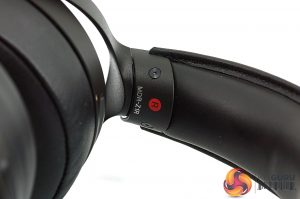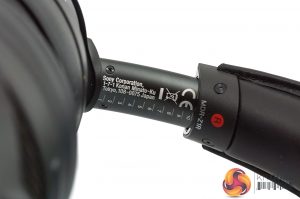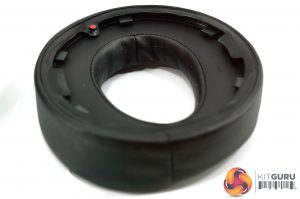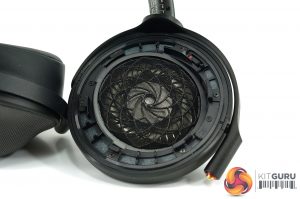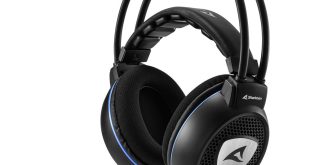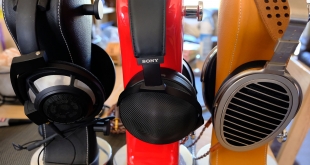
Sony have released some iconic headphones in the past, however in recent years they have been pretty much absent from the high end arena. In a recent change of strategy they decided to unveil a new flagship headphone which they are calling the MDR-Z1R. Not the snappiest of names but after spending plenty of head time with them in recent months, I decided to share my findings with KitGuru readers.
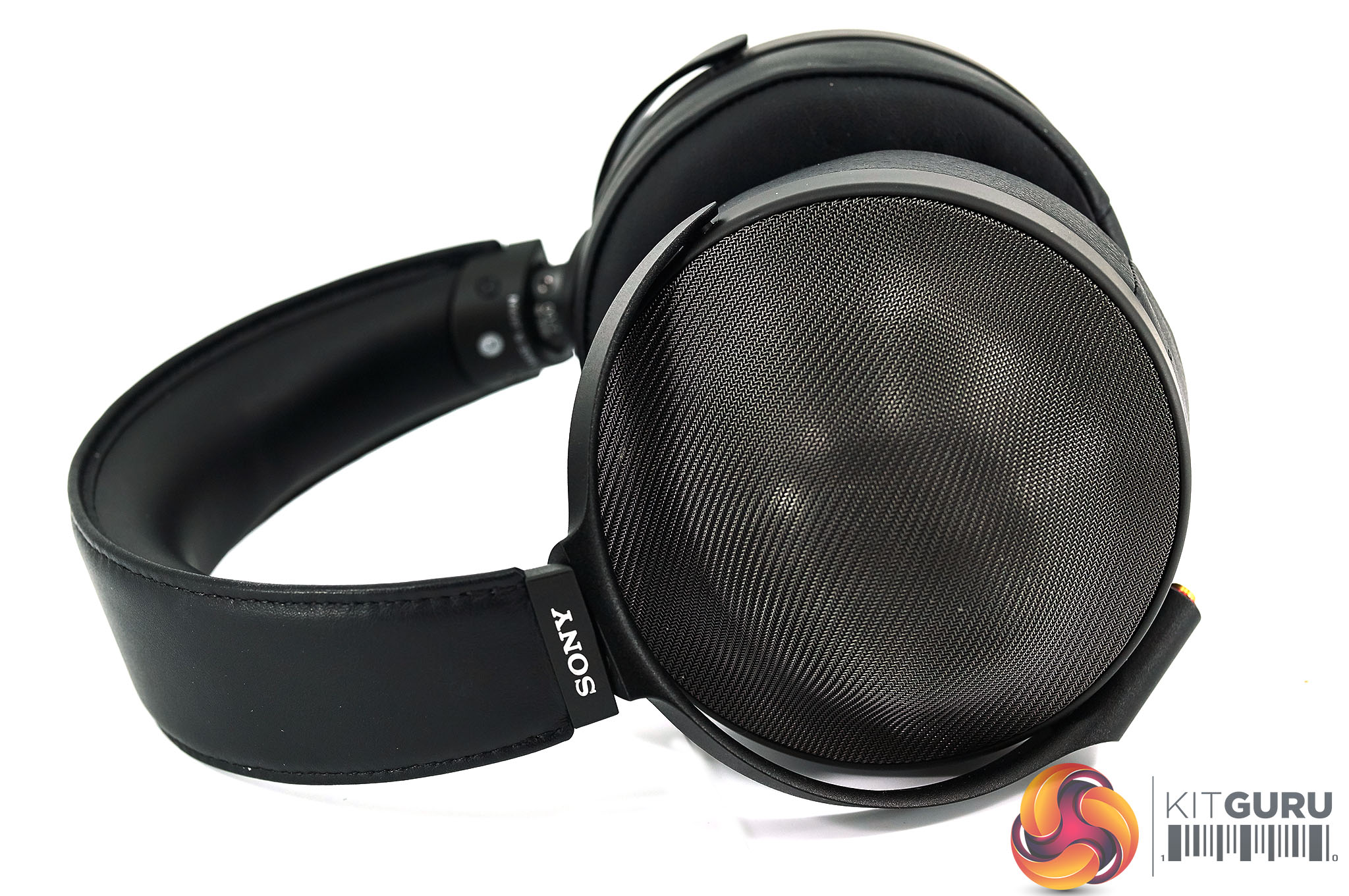
The Sony MDR-Z1R are certainly not a headphone targeting the mass enthusiast audience. They are strictly created for those who take their music very seriously, and for the audience with plenty of disposable income. Their retail price of £2,000 will immediately alienate a huge percentage of the KitGuru audience, however there are some deals to be had if you pay careful attention. Amazon UK had a deal on the MDR-Z1R in recent months with the price dropping down as low as £1,450. Forget that house you are saving up for, enjoy life!
In recent news Sony have also released the TA-ZH1ES amplifier (HERE) and NW-WM1Z flagship Walkman (HERE) to target the high end audience. Yes, Sony seem to be back firmly in the audiophile game again.
But before we go any further, a little background history …
When I am not running KitGuru, I spend quite a lot of time time listening to music. I have been fortunate enough to have owned pretty much all of the high end headphones ever released in the last 30 years, along with many solid state and valve (‘tube' to our American readers) amplifiers. In all my years of listening – the Sony R10 headphones ranked as one of my all time favourites. Only 2,000 of them were ever made and until very recently I owned two pairs of them. (image above left).
If you manage to find a good pair with the original box and literature on the second hand market, be prepared to pay well over £5,000 – you will need to treat them well and perhaps even give them some much needed TLC. Owners classify them into ‘bass heavy' and ‘bass light' pairs – and they were made from aged wood from Zelkova trees. Sony did make other headphones with Bio Cellulose drivers, but the R10 were considered very special indeed.
Like the R10 – the MDR-Z1R are made in Japan – what every serious enthusiast wants to hear. The Japanese are held in regard for high end manufacturing, creating some great watches, amplifiers, music players, headphones and Televisions.
Seven or eight years ago I was involved in a rather serious motorbike accident and one of the many tests they made me take was to check my hearing wasn't badly affected by the considerable impact against a car – they do this test on a fairly regular basis, even today. My audio response rates basically at the upper end of the spectrum – a reassuring fact to know, especially as many other parts of my body weren't quite so lucky.
I only mention this – not to boast that my hearing is great, but to give a little perspective to audio reviews you may read online. When KitGuru tests much of the hardware we get to review – there are quantifiable benchmark figures we can present. Frames per second, the watts demand under load, temperature curves and clock speeds. Its not quite so scientific when we test audio gear.
Much of the enjoyment taken with listening to music is based on many (non scientific) factors – do you like very pronounced high frequencies to extract every little bit of micro detail? Do you prefer a sweet mid range to enjoy those sultry female vocals? It is worth pointing out that the quality of your hearing also plays a significant factor. If your hearing has lost a little of the frequency range response (and its likely to happen the older you get) then a headphone deemed as ‘bright‘ could actually work out better for you. One of my friends is firmly what I would call a ‘bass head' – so any headphone he wants to wear has to rock his teeth out, otherwise he would simply say ‘Total crap'.
Personally, I tend to favour a fairly neutral curve without any specific frequency range dominating the experience. I do love the Stax 009 headphones, but not for specific genres. They extract great detail from many of my classical recordings, but they are not ideal when you want to enjoy classic rock. The Abyss 1266, Grado HP1 and Audeze LCD4 tend to excel in that particular category, each having their own distinctive sound signature.
Many headphones (and amplifiers/cables) do add their own sound characteristic to the mix, but I would prefer to err on the warm side of neutral, if given a choice.
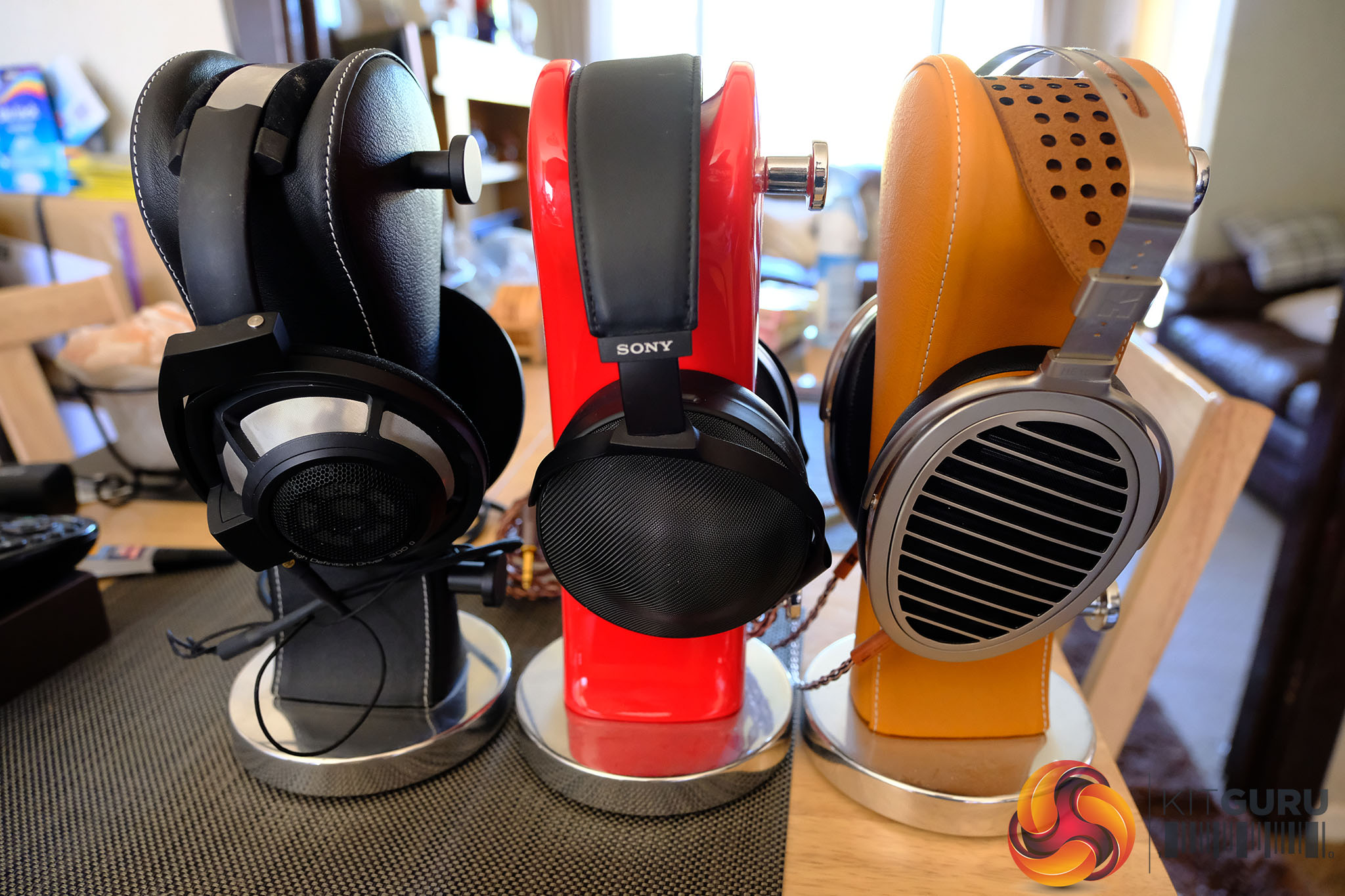
While I could discuss many headphones today, the three that win most of my head time are the (right) Hi-Fi Man HE1000 (Rev. 2 with Kimber Cable), (left) Sennheiser HD800S (with Cardas Cable) and the Sony MDR-Z1R which I am looking at today. I had planned to review the HE1000 Rev 2 at the time of launch, but I got rather ill at the time and ended up forced into surgery, so I sadly consider this a missed opportunity for KitGuru.
For those interested, I did cover other headphones and configurations in previous articles which you can see HERE and HERE. I will be making some changes as those articles are now a little out of date, but all in due time.
The Sony MDR-Z1R arrive in a rather large, heavy white toned box with a huge high resolution picture of the metal driver housing on show.
Inside the white sleeve is the main headphone box, which is substantial. It is opened by simply pulling on a lever branded with the product name.
The headphone presentation is lush. The headphones are protected inside a moulded section covered in a shiny soft material.
At the right is a little flat pouch which contains not one, but three cables and a little user manual.
Inside: Headphone cable (approx. 9.84 ft (3 m), silver-coated OFC strands, gold-plated stereo mini plug), balanced connection headphone cable (approx. 3.94 ft (1.2 m), silver-coated OFC strands, L-shaped gold-plated balanced standard plug).
The headphones connect to the cables via two 3.5mm colour coded headers. You simply push in each cable and then with a tiny bit of upwards pressure, screw them into the socket. Its a fantastic cable management system that other manufacturers should look at.
Sony sell some accessories for the MDR-Z1R, including a ‘High Performance' Audio cable (above – the painfully named MUCB30UM1 upgrade cable). Sadly this proved very difficult to find in the UK, so I had to order it from Amazon in the USA (HERE). It only took a few days to arrive and Amazon USA handle the customs charges beforehand which is useful.
This upgrade cable uses Kimber Kable, and its oxygen free copper which often tends to sweeten the sound a little, ideal to iron out some rough spots if you find the overall sound signature a little harsh.
I spoke to Kimber as I use their cabling on many of my headphones (HE1000 cable above £700 from Russ Andrews HERE) and they said they do not construct the cables for Sony. Sony buy reels of their materials and make their own cables from it. I have read that some people are questioning the quality of the soldering work on this Sony Kimber Cable, but I saw no reason to take them apart as they have been working fine for me. This cable is made in China, so Sony are clearly farming out their construction to reduce costs.
Surprisingly, the cable that Sony supply with the headphones is very good, able to retrieve a high level of detail with only a tiny bit of high frequency glare – occasionally noticeable with some tracks. The Kimber cable sweetens the overall sound signature and removes this modicum of glassiness in the high frequencies. Well worth the £200 if you are investing almost 2 grand in a pair of headphones.
The headphones feel substantial in hand and are built to very high standards. Unlike some other headphones I have used over the years there is no creaking or groaning when holding them, or moving them around in hand. They have adopted Sheepskin earpads. They are very comfortable in use.
Often in this price range headphones are extravagantly styled with luxurious accenting, but the Z1R follow a very simplistic design ethos. Not to say they aren't fantastically well made, but Sony have clearly opted for a ‘less is more' principle. This actually in some ways appeals to me.
The grills on each driver are stunning to see in the flesh and I have never seen anything quite like it before. Sony engineers studied grille designs for a very long time and opted for a pattern based on the Fibonacci sequence. This was used to minimise high frequency disruption. One of their engineers sent me a series of graphs and detailed exactly how it all worked.
The outside of this enclosure is a stainless steel wire gauze which is coated with a chromium compound which offer resistance against scratching. Last thing you want are big silver scratches appearing on the black mesh.
You may not be able to see it from the photographs, but the MDR-Z1R are closed back headphones. Most high end headphones tend to be open back, although the iconic R10 of yesteryear were also closed so we don't call Sony's decision into question.
Sony have incorporated Japanese paper techniques to create their ‘Resonance Free housing'.
The Sony MDR-Z1R can be adjusted to fit via a marked height system which clicks with each number between 1 and 10. I have a fairly large head and I got the best fit around 7 out of 10. There is no doubt these headphones will fit a wide range of skull shapes and sizes.
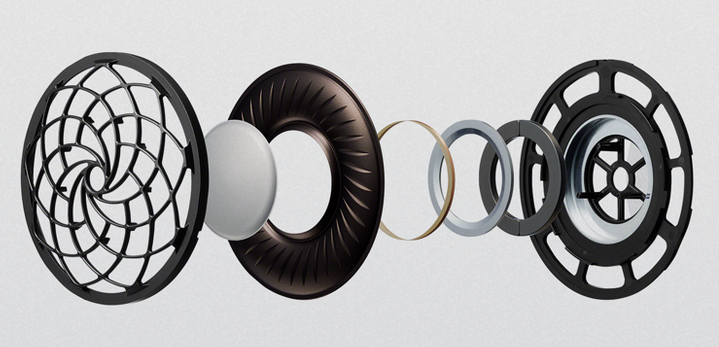
Removing the ear pad is easy – just turn them and they release. Anyone who has used an SLR will feel immediately at home with this system. You can line up the red dot and lock them back in place.
The Sony MDR-Z1R incorporate huge 70mm drivers and as I will detail later in the review, they have a very authoritative presentation with plenty of bass response. This is a two piece 70mm diaphragm made up from a magnesium dome sitting in the middle of an aluminium coated liquid crystal polymer ring. Sony claim they have a frequency response which extends to a staggering 120kHz.
70mm is a huge driver, especially when it comes to the dynamic category. This was a very deliberate design decision as this allows for a dispersion field which is very tall – enhancing the presentation.
Inside are Neodymium magnets with plenty of output capabilities and a sensitivity rating of 100dB/mW. They are all connected together by lead free solder to deliver a pure signal transfer.
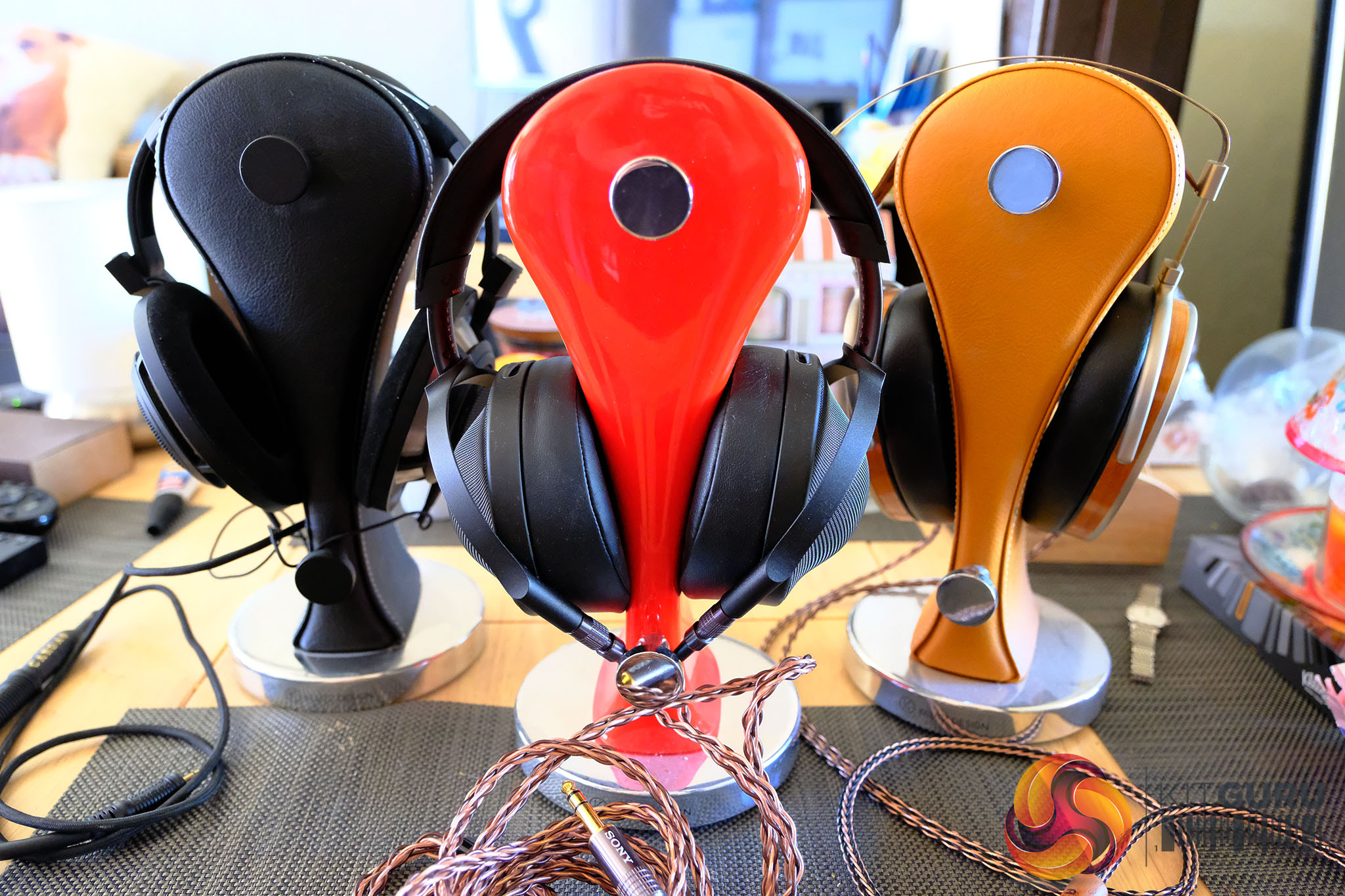
The MDR-Z1R are comfortable to wear, although I feel the Sennheiser HD800S and HI-FI Man HE1000 are even better in this regard. It may be that I have larger than average ears, but I find the larger ear cups of the HD800S encapsulate my ear completely. The HE1000 are a close second. A closed headphone also tends to get hotter the longer you wear them, so in that regard the open back designs feel more comfortable long term.
The MDR-Z1R are not too heavy, weighing in at 385g. The padded beta titanium headband is also extremely comfortable on the skull, due to its light weight and overall softness.
To properly test these kind of headphones you need to ensure that you are using capable equipment. Of course not every headphone will create perfect synergy with every amplifier as i have explained in one of my previous articles over HERE. To try and negate this as much as possible I have built a universal high end setup which I feel works very well with every headphone I have tested (Electrostatics are not included obviously).
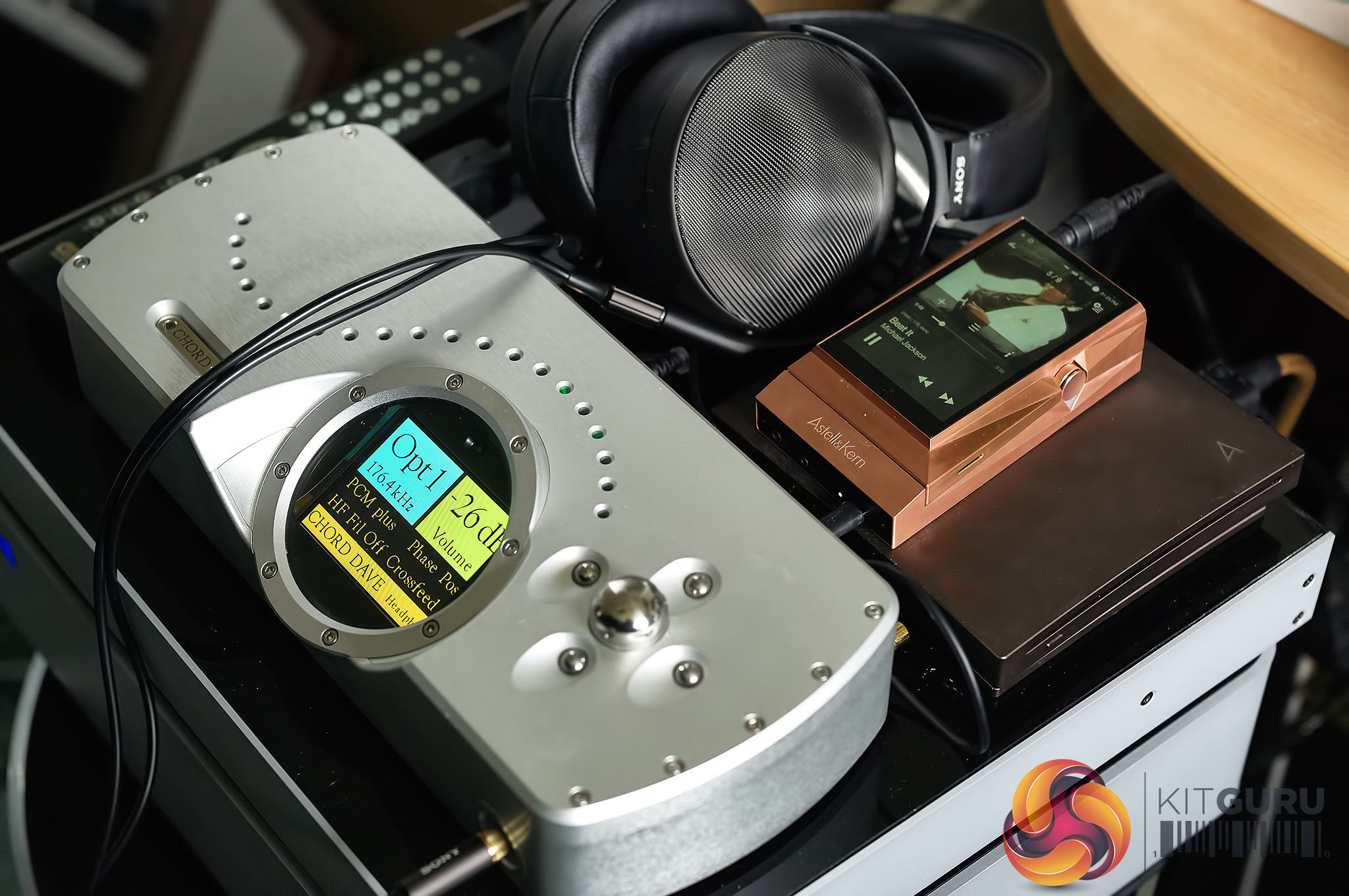
- Chord Dave DAC £8,500 inc VAT – available HERE.
- Astell and Kern AK380 (Limited Edition Copper Version) – £3,199 inc VAT – available HERE.
- Astell and Kern CD ripper £400 inc VAT.
- PS Audio DecTet Power Centre – £450 inc VAT – available HERE.
- PS Audio PerfectWave PowerBase – £999 inc VAT – available HERE.
- PS Audio P3 Power Plant Mains Regeneration – £2,300 inc VAT – available HERE.
- PS Audio Perfect Wave AC 10 power cables x 3 £499 inc VAT per cable – available HERE.
Total cost of KitGuru headphone test bed – £17,350.
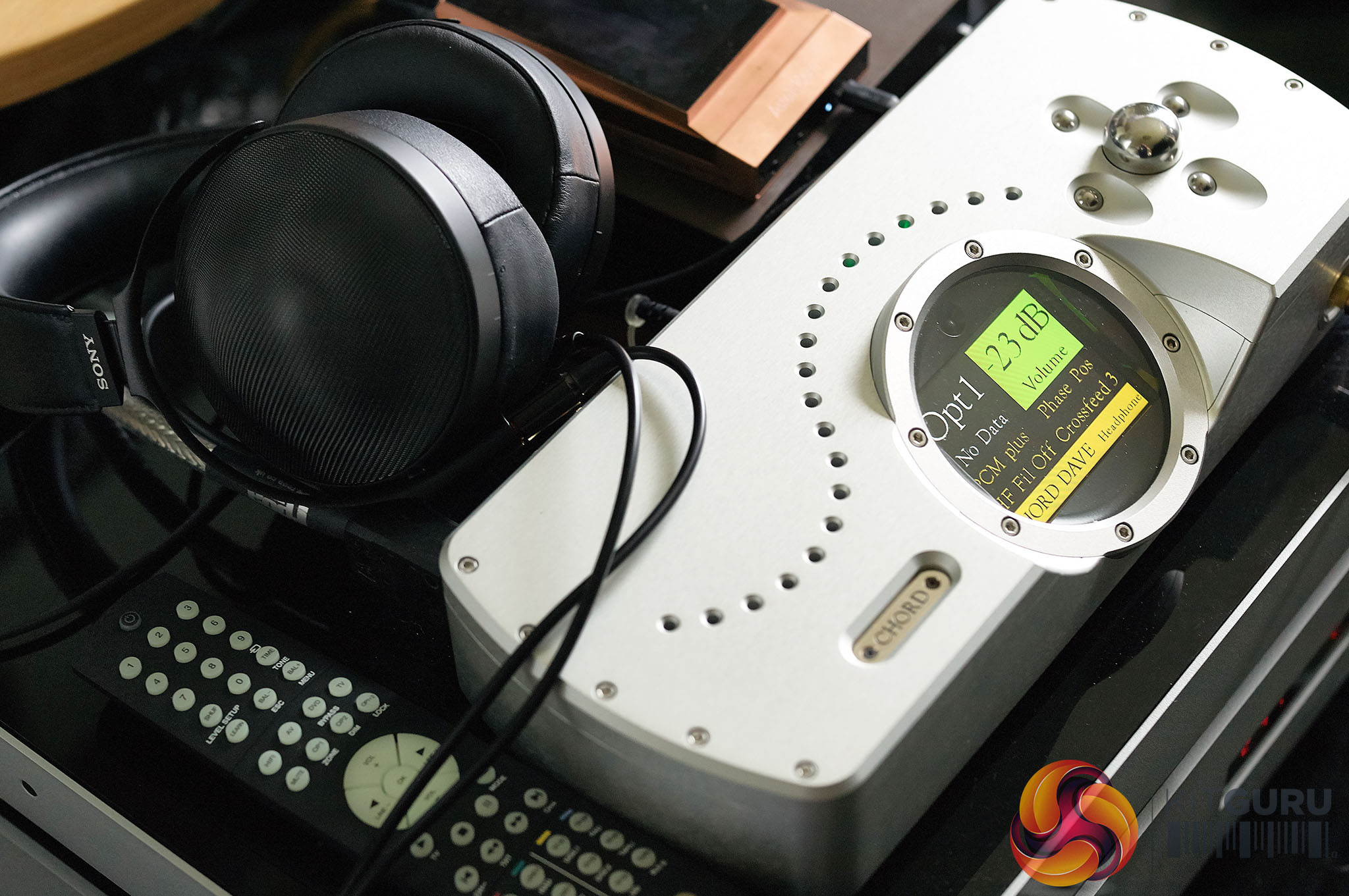
The Chord DAVE DAC is without question one of the most incredible pieces of audio equipment you can buy. It is the high end DAC in their current line up, created by audio genius Rob Watts.
Many of Chords competitors buy in DAC chips from the likes of Burr Brown or Wolfson and then they would create their digital to analogue sections around these. Chord have rewritten the rule book by creating a FPGA (Field Programmable Gate Array) with proprietary software. No other manufacturer will sound like Chord as they aren't using an ‘off the shelf DAC'.
The DAVE is based on the Spartan 6 field programmable gate array which has been utilised in other products by Chord. The new design however incorporates a massive version of the Spartan 6. This high end FPGA is the LX 75 version of Xilinx's Spartan 6 – a new chip with 10 times the power of the previous flagship model, which is called the QBD76.
Rob Watts has also developed a WTA interpolation filter which utilises 166 separate DSP cores with an incredible 164,000 taps.
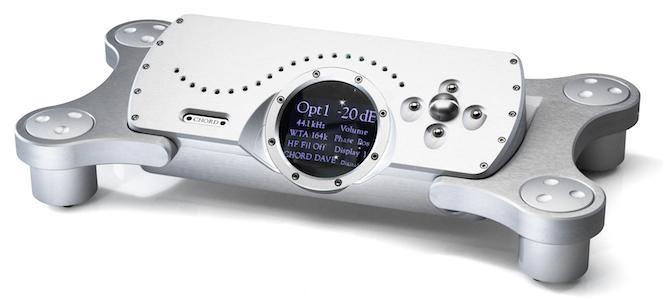
The build quality of the Chord DAVE is unmatched in my opinion. It is built like a proverbial tank and is available in silver or black. All of the controls feel as if they would last for decades, even if they aren't labelled! It has a quarter inch headphone socket with built in headphone amplifier, four BNC based coaxial digital inputs, USB, two toslink connectors and a AES/EBU balanced input as well. There are also four more DX digital connectors using BNC ports which will cater for upcoming products from Chord.
The Chord DAC literally transforms any setup I have at home, adding another layer of detail, transparency, dynamics – with huge depth of field acoustics. When a headphone is plugged into the front port, you also get three options for crossfeed which works remarkably well. So much so, that I tend to use many of my headphones at the maximum ‘3' setting.
I don't often buy into these ‘gimmicky' options that many manufacturers use to generate sales, but The DAVE implementation for Crossfeed is truly remarkable. I had a quick chat with Rob Watts and he said when he uses headphones via the DAVE he has it set to ‘3' and I would tend to agree. The higher setting adds a lot to the overall presentation – as it attempts to recreate the acoustic overlap you would get from listening to floor standing speakers. With it off, you can immediately notice how incredibly flat the side ways projection can be between your ears.
The headphone amplifier in the Chord Dave is very powerful. It manages to handle the tricky Abyss 1266 without any problems, reaching the same levels as I get with the Cavalli Liquid Gold. So much so, I no longer even have the Cavalli amplifier in the mix. The biggest upgrade with the Abyss 1266 is investing some money into a set of third party cables to quell the rough edges around 1kHz-2kHz.
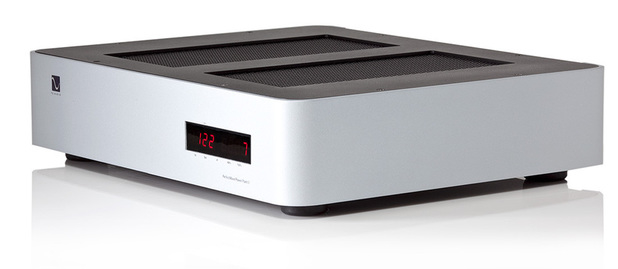
Investing in a PS Audio P3 Power Plant Mains Regenerator was one of the greatest moves I ever made. I wouldn't say my mains at home was particularly dirty, but like many people in the UK my feed would often move between 241v and 230v – getting worse in the evening. Adding the PS Audio P3 noticeably enhanced the black space on tracks. It also improved dynamics and ‘openness' and just to prove a friend wrong, I did a blind test one evening and noticed every time it was disabled. I always find it removes a fine layer of ‘haze' when listening to some of my favourite tracks.
Basically it takes the AC power, rebuilds it from scratch, feeds it into 3 separate regenerated zones with a 4th high current unfiltered zone. In real world terms this removes any kind of noise and mains fluctuation before it reaches the audio equipment – to give you pure, smooth power. It really is not a gimmick, I can hear it with my own ears. You can even adjust the output voltage if you wish.
PS Audio do more expensive models all the way up to £5,000 (for the P10 flagship), but I find their P3 £2,000 model (recently increased to £2,300 due to Brexit) is more than up to the task of powering a wide cross section of amplifier (with a 750 VA output capacity). I won't bore you with how it works, but if you are interested, check out the information HERE – and you can buy a UK version directly from Gary Penska at Analogue Seduction in the UK HERE.
I also use a PS Audio PerfectWave PowerBase in this setup as it combines an isolation base with a power condition. When paired up with the Mains Regeneration unit, it is a powerful combination. You can buy this from Analogue Seduction for £999.00 HERE.
I still buy CD's so the Astell and Kern CD ripper is a very useful device – you get a perfect WAV copy of the album straight to the internal storage on the AK380 device – and if you are connected to the internet via WI-FI it also snags the artwork and track names without any intervention.
I tested the Sony MDR Z1R today with a variety of FLAC and WAV files either in 16 bit or 24 bit format, via the Astell and Kern AK380 over optical to the Chord DAVE.
I also hooked in a Mac Pro desktop system over USB into the Chord DAVE and it worked flawlessly.
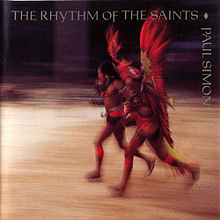
Paul Simon – Rhythm Of The Saints (2011 Remaster) 24 bit 96kHz.
Graceland was a tough album to follow and many critics didn't warm to the Rhythm Of The Saints album. Personally I actually liked this album better due to some of the astonishing arrangements. It didn't help that Graceland was played to death on radio for many years. If I hear ‘You can Call me Al' even today, I want to punch someone, or run. I sometimes wonder if Paul Simon feels the same thing.
One of my favourite Paul Simon tracks is ‘The Coast', a complex song with acoustic guitar driving home a repeating riff which gets the feet tapping. On top of the guitar is a deep multi layered arrangement from which you can feel Simon is experiencing a spiritual reawakening. There are heavy percussive elements to the track with female singers working in an timed arrangement alongside Simon's lead vocal.
The Sony MDR Z1R present this track in a very rich yet detailed manner – with copious bass and sub bass presence.
Compared directly against the HE 1000 (with the same base system and Kimber cable) the MDR Z1R loses a little bit of air and ambience throughout. The presentation is still remarkable mind you, I just was aware that the HE1000 was able to position the instruments a little bit better outside the head to the sides. This is likely directly related to the closed back versus open back design.
Both sets of headphones deal with mid range vocals to a very high standard and both Simon and the backing singers felt very real and shaped in a fully three dimensional manner. Other lesser headphones can tend to portray this track in a very flat way.
The Sennheiser HD800S are a remarkable headphone for their relatively modest asking price (don't email me, I know they are expensive, but in the context of the high end market they are a bargain), although I feel they tend to highlight this album with a slightly inflated sound stage. Still, great headphones and enjoyable throughout.

Beth Hart – Fire On The Floor – 24 bit 44.1kHz.
This is one of my favourite albums of recent years and Beth Hart's vocals are very gritty, powerful and passionate. The track ‘Woman You've Been Dreaming Of' is beautifully recorded, with Beth's stunning vocal placed up front right beside you and crystal clear in the mix.
Her voice has a wonderful tendency to almost break just at the right time, a technique she has mastered. Her vocals send shivers down my spine, especially as most singers today try to iron out what they would class as ‘imperfections' via recording techniques – to the point of being utterly insipid.
The Sony MDR Z1R, in a very similar fashion to the iconic R10 headphones are sweet and rich in the mid range. Beth sounds very alive and I had a sensation that if I looked around she would be sitting beside me in the room – singing just to me. It is notable that the Chord DAVE does transform this album and it gets the most from the MDR Z1R as I have heard this track before without the DAVE in the mix.
The HE1000 sound almost as rich in the mid range, but present a little more air into the mix which doesn't quite work as well for me with some of these tracks. I liked feeling that Beth was closer to my ears, but I do feel this particular point will be very much a personal taste decision.
Neither headphone is delivering a bad experience, it is just very different. The HE 1000 extracted a little more high frequency detail, but I am not a ‘micro detail' kind of listener so it wasn't entirely positive for me with some of these tracks. As I explained earlier in this article my hearing is close to what the medical profession class as ‘perfect' (for my age anyway) so I tend to favour a sound signature that is on the warmer side of neutral without an overload of micro detail.
The Sennheiser HD800S again have a tendency to present the soundstage in a much larger than life manner which lost some of the intimacy. Moving between headphones could sometimes exacerbate the problem so I tended to test and take breaks so my ears could naturally readjust.
Overall I would say the best experience with this album was with the Sony MDR-Z1R headphones mainly because of that beautiful sultry mid range, close miked experience.
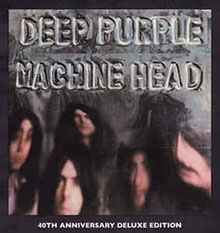
Deep Purple – Machine Head – 24bit 96kHz.
A classic rock album from yesteryear. ‘Highway Star' was presented in a very forward driving manner via the Sony MDR-1ZR headphones. Bass was powerful and there was also some emphasis on the sub bass region. These are clearly very good headphones if you enjoying listening to classic rock and pop music. I did find with the Kimber cable that the overall sound signature was erring on the warm side. Almost like listening to vinyl – never a bad thing!
Switching back to the cable bundled with the headphones actually changed the signature a little, reducing the bass, maintaining similar levels of sub bass, but enhancing detail from the higher frequencies. I felt the standard cables might work better for most people with this specific album, but it is really going to be down to the individual.
The HiFi HE1000 are a great headphone for rock and I am glad to say the latest Rev 2 have tamed a somewhat slightly exaggerated treble focus with some tracks. With the Kimber cables on the headphones, the audio signature was as close to neutral as I have heard. Plenty of bass, good sub bass and delicate, slightly rounded off treble extension.
The Sennheiser HD800S are a very versatile headphone and I liked their presentation with this album. As with most music, the HD 800s tend to place a strong emphasis on wide soundstaging and this album was no exception. I actually liked how this album sounded with the HD 800 S headphones, although the bass extension was somewhat limited when compared against the Z1R and HE 1000.
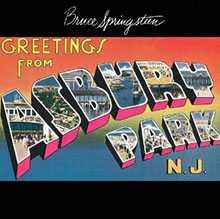
Bruce Springsteen – Greetings from Ashbury Park – 24bit 96kHz.
One of the classic Springsteen albums with a few of my favourite tracks. The 24 bit 96kHz version of ‘Growin' Up' is certainly enhanced over the 16 bit versions I have – which isn't sadly always the case. The Sony MDR-Z1R delivered very clear, focused bass notes throughout the track and the intro piano repeat sounded sublime. When the band kicked in, the MDR Z1R retrieved plenty of detail without causing any excessive harshness in the upper registers. ‘The Angel' is another memorable track from this album which gets little attention, but I always enjoyed the simple yet effective presentation with Springsteen's voice very close to the piano.
The HiFi Man HE 1000 delivered an equally enjoyable rendition of the tracks on this album, often retrieving a little more detail than the Sony MDR Z1R … but sometimes when I didn't really want it. Its a pretty old recording by today's standards, but the studio was set up well for this recording – there is no doubt they used good microphones back in the 70's – with some lush valve amplifiers.
The Sennheiser HD800S produced the least appealing experience with these tracks, pushing them almost into what I could class as an hall sized soundstage, rather than a smaller studio environment. Still, if I hadn't just been listening to the other headphones before using the HD800s last, I would have been impressed. Your ears will adjust to a particular sound signature after a little while. The HD 800S do deliver more detail than the MDR Z1R however, if this is your preference.
The Sony MDR-Z1R are without doubt an exceptional closed back headphone. The large ear pads and angled drivers are conducive in creating a very large wall of audio with plenty of air between the instruments. The huge 70mm drivers ensure that the height of the soundstage is also remarkable.
When comparing them directly to the Sennheiser HD 800s – another headphone which tends to create a huge soundstage, there are noticeable differences. The HD 800 headphones by design tend to struggle to create a soundstage with any kind of intimacy. Sometimes, especially with sultry female vocals, the HD800s can appear to be somewhat analytical, rather than just enjoyable. The HD 800's do work particularly well with complex classical recordings however.
There is no doubt that the Sony MDR Z1R are not ideal for critical studio analysis, unlike the HD800 or HD800s. The MDR Z1R produce high levels of bass and plenty of sub bass too, but they are absolutely on the warm side of neutral, especially if you purchase the optional Kimber cable which Sony have specially created for this headphone.
These new Sony headphones are very good creating a realistic sized soundstage and will appeal to the audience who simply must have plenty of bass response. They tread a fine line of just offering enough bass without it bordering on overblown, but they do need some taming as well as their high frequencies are slightly exaggerated too.
This is especially noticeable when moving from a more neutral headphone as some of the high frequencies can be a little grating. This is where the optional $250 Sony/Kimber cable comes into play because by swapping out the stock cable, you are removing some of this glare in the high end and replacing it with a little rounded off treble extension. Most of the time it is completely resolved with this cable change, but sometimes not quite. They fall a little short of perfection.
When deciding on a purchase, I would simply ask the potential customer one question. Do you want a headphone to analyse music and to be completely pure, or do you want a headphone that slightly colours the presentation to be warm, fun and even slightly aggressive?
In more cases than not, I would imagine there is a huge audience who will opt for the latter option. The Focal Utopia for instance are a very analytical headphone which I do enjoy, but sometimes I can leave them feeling fatigued after long listening sessions. The MDR Z1R want to make you headbang along with Iron Maiden or Metallica, but equally so they are adept at presenting the sultry, sexy tones of Norah Jones or Diana Krall.
I often found myself simply enjoying the music with the Sony MDR Z1R and while they are not going to oust leading planar headphones such as the Audeze LCD 4 or Hifi Man HE1000 as market leaders they are without doubt in my mind the most impressive closed back headphone on the market right now.
Pros:
- good detail retrieval.
- Superb soundstaging.
- Massive bass response
- Tight Sub bass.
- very enjoyable presentation with a variety of genres.
Cons:
- Not a studio style headphone.
- Standard cable can deliver a little upper register grain/grit.
- Not a neutral headphone.
- can get hot due to the closed back design.
- Not an impulse purchase – they are expensive.
KitGuru says: It is great to see Sony back in the high end again. Are these at the level of the iconic R10 headphones? Perhaps not, but only time will tell. They are however the best closed back headphone on the market right now.
Be sure to check out our sponsors store EKWB here
 KitGuru KitGuru.net – Tech News | Hardware News | Hardware Reviews | IOS | Mobile | Gaming | Graphics Cards
KitGuru KitGuru.net – Tech News | Hardware News | Hardware Reviews | IOS | Mobile | Gaming | Graphics Cards


